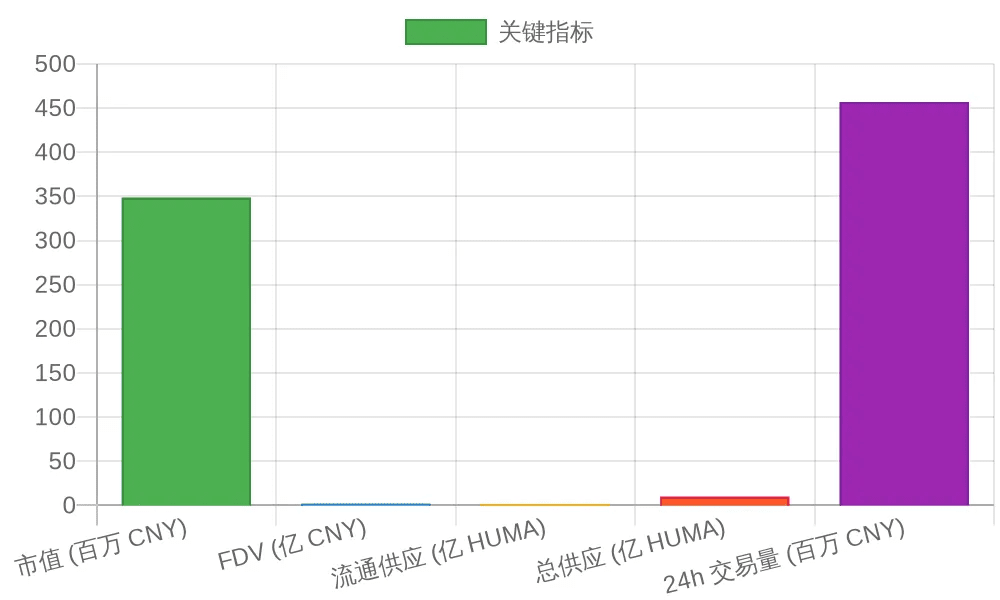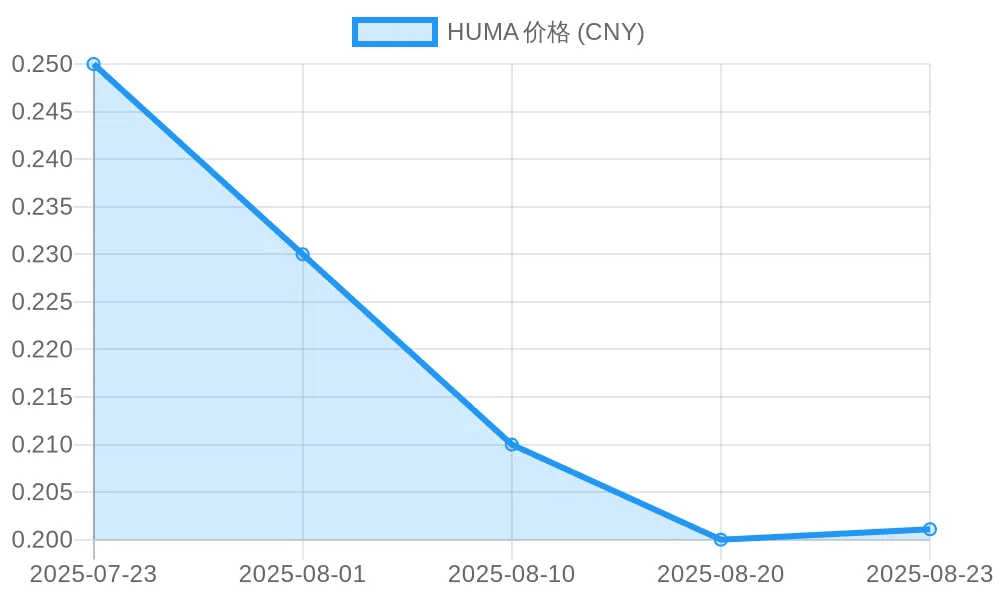1. Project Overview and Core Value
Huma Finance is a cutting-edge decentralized finance (DeFi) platform focused on building the first PayFi (Payment Finance) network, deeply integrating real-world assets (RWA) such as corporate receivables, invoices, and payroll with blockchain technology. The project aims to revolutionize the global payment system, providing more efficient and low-cost liquidity solutions to address the pain points of cross-border payments in traditional finance.
In traditional systems, long settlement cycles, low capital utilization, and high fees have become bottlenecks. Huma Finance enables enterprises to instantly convert future income into current cash flow through blockchain and stablecoin mechanisms, significantly improving capital efficiency. This innovation targets not only institutional users but also expands to permissionless retail participants, promoting the democratization of DeFi.
Key Issues Addressed:
Settlement Delays: Replacing systems like SWIFT for near real-time processing.
Capital Lockup: Unlocking trillions of dollars of idle capital.
Cost Burden: Reducing cross-border remittance fees to facilitate global trade.
2. Technical Architecture and Operational Mechanism
Huma Finance is built on efficient blockchains (like Solana), with a technical framework emphasizing modularity and security:
RWA Tokenization: Transforming real financial assets into on-chain tokens for easier DeFi integration and trading.
PayFi Module Stack: Includes transaction layer, stablecoin layer, and compliance layer, allowing seamless access for partners.
Risk Control: Smart contracts implement structured finance, with built-in AML checks and comprehensive risk assessments.
Dual Track Products:
Huma Institutional: KYC/KYB verification for institutional investors.
Huma 2.0: Permissionless model open to retail investors, providing real yield opportunities.
This architecture ensures the flexibility and compliance of the protocol, supporting diverse applications from trade financing to credit card settlement.
3. The Economic Role of HUMA Tokens
The core token of the Huma Finance ecosystem, with a total supply of approximately 10 billion. It is not just a governance tool but is deeply embedded in the utility of the protocol:
Governance Participation: Holders can stake $H$HUMA to decide the direction of the protocol.
Incentive Mechanism: Rewarding liquidity providers and ecosystem contributors to promote network growth.
Value Capture: A portion of protocol revenue is used for repurchasing and burning $HUMA, creating a deflationary effect.
Utility Medium: Serving as payment and settlement currency, enhancing internal circulation within the ecosystem.
This design closely ties token value to protocol adoption rates, ensuring long-term sustainability.
4. Market Performance and Trend Insights
Based on CoinMarketCap data (as of August 23, 2025), Huma exhibits strong volatility characteristic of early markets, influenced by macro environments and project milestones.
Current Market Indicators:

Trend Analysis:
Positive Drivers: Collaborating with partners like Arf and Geoswift to promote instant settlement in Asian e-commerce, enhancing real-world applications. Exchange activities like Binance promotions increase liquidity.
Negative Pressures: Regulatory uncertainties (such as U.S. stablecoin regulations) raise compliance concerns; overall market volatility leads to pressure on small-cap tokens; the end of airdrops may trigger short-term selling.
Recent Trends: Over the past month, the price fluctuated between ¥0.20-0.25, with a low of ¥0.1982 and a high of ¥0.2168 in 24 hours, overall neutral to cautious. After ATH correction, actual adoption growth provides support.

5. Development Prospects and Potential Challenges
The prospects of Huma Finance depend on the scalable adoption of the PayFi network.
Growth Potential:
Targeting trillion-dollar markets such as trade financing and cross-border payments.
Deflationary model supports token appreciation as protocol revenue grows.
Expanding into new areas such as credit cards and supply chain financing.
Facing Challenges:
Competing with Maple Finance, TrueFi, etc.
Regulatory changes, especially in stablecoin policy.
Continuous liquidity injection is needed to match demand growth.
6. Conclusion
Huma Finance bridges traditional finance and DeFi through PayFi innovation, with HUMA closely tied to real protocol applications. Investors should monitor trading volumes, partnerships, and regulatory dynamics. This analysis is for reference only; the crypto market is high risk, and DYOR is recommended.


